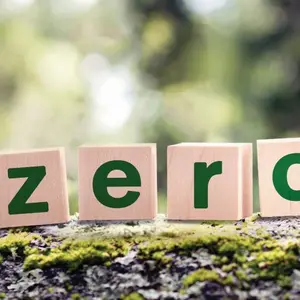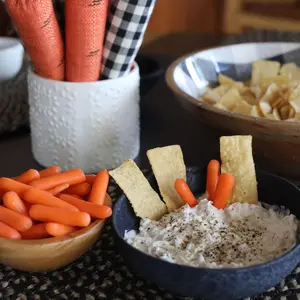
Conscious Eating
Conscious Eating
Sustainable Eating: Tips to Shrink Your Foodprint
by Ana Reisdorf RD, MS
Knowing which foods have the least environmental impact is not always easy. Organic blueberries are considered Earth-protective because no pesticides were used to grow them, but if they were shipped from California to a Florida grocery store, the transportation represents a steep carbon footprint. And if we waited too long to eat those blueberries and had to throw them away, all of the resources spent on producing those fruits were wasted.
To get a fuller picture of our food-related environmental impacts, we need to take into consideration the many variables associated with the production, transportation and consumption of food, and that’s where the “foodprint” comes in—a barometer of eco-friendliness. There are many ways to calculate a foodprint; EarthDay.org/foodprints-calculators lists a few automated calculators and food quizzes that can help. Here are noteworthy examples:
- EatLowCarbon.org compares the carbon emissions associated with different meals—ranging from bean soup (lowest CO2 emissions) to a Philly cheesesteak (highest).
- FoodPrint.org offers a questionnaire about a person’s food choices and follows up with tips to reduce their foodprint.
- FoodEmissions.com calculates the foodprint of specific foods like dairy or seafood by asking about the origination and destination of the food to determine transportation emissions, and by asking the consumer to self-report their percentage of waste to calculate the loss of natural resources.
How to Reduce Our Foodprint
Buy Responsibly Produced Food
When shopping for groceries, consider buying from food producers that support environmental stewardship, sustainability and regenerative farming practices in their production systems. A list of third-party certifications that can help identify responsibly manufactured foodstuffs can be found at Foodprint.org/eating-sustainably/food-label-guide.
Buy Local and In Season
Lisa Andrews, MEd, RD, owner of Sound Bites Nutrition, encourages her clients to eat local, seasonal produce. “[It] spares the environment, as it doesn't need to be flown across the country, reducing fuel costs,” she explains, adding that local produce is generally more nutritious and cost effective.
Store Food Correctly
According to the U.S. Department of Agriculture (USDA), 30 to 40 percent of the available food supply is wasted. While there are many reasons for food loss at all stages of production and delivery, consumers can have a major impact in reducing how much food is wasted.
The U.S. Environmental Protection Agency provides advice for properly storing foods in the refrigerator: leafy veggies go in the high-humidity drawer, while most fruits should be placed in the low-humidity bin. Some fruits like apples and avocados release ethylene gas and can cause nearby produce to spoil, so they should be stored separately. Wash berries just before eating them to prevent mold. Store potatoes, onion and garlic in a cool, dry, dark and well-ventilated place. Freeze bread, meat or leftovers that won’t be eaten before they spoil.
Consume Sustainable Foods
According to Registered Dietitian Lauren Panoff, one way that consumers can benefit the environment is by transitioning to a more plant-predominant lifestyle. “Plant foods utilize far fewer natural resources than industrial animal agriculture, which is also one of the largest emitters of greenhouse gases and drivers of Amazon deforestation,” Panoff explains.
Patricia Kolesa, MS, RDN, founder of the Dietitian Dish, notes, “Plant-based proteins tend to be more affordable and can be stored longer than your animal proteins, helping reduce food waste.”
Nutritics, a food information company, offers a list of the highest-ranking foods when it comes to sustainability, considering inputs like water usage, carbon emissions or capture, land usage and nitrogen storage capabilities. Their list includes mussels, beans, lentils, peas and other legumes, mushrooms, seaweed, cereals and grains, and organic fruits and vegetables.
Responsibly Dispose of or Share Uneaten Food
Perfectly fresh food that the family has decided not to eat can be donated to people in need. Visit FoodPantries.org to find a nearby soup kitchen or food bank. Compost scraps and spoiled items to divert them from landfills. For composting instructions by the USDA, visit Tinyurl.com/USDAcompost.
Ana Reisdorf is a registered dietitian, freelance writer and marketing consultant with more than 15 years of experience in the fields of nutrition and dietetics.


 By
By







